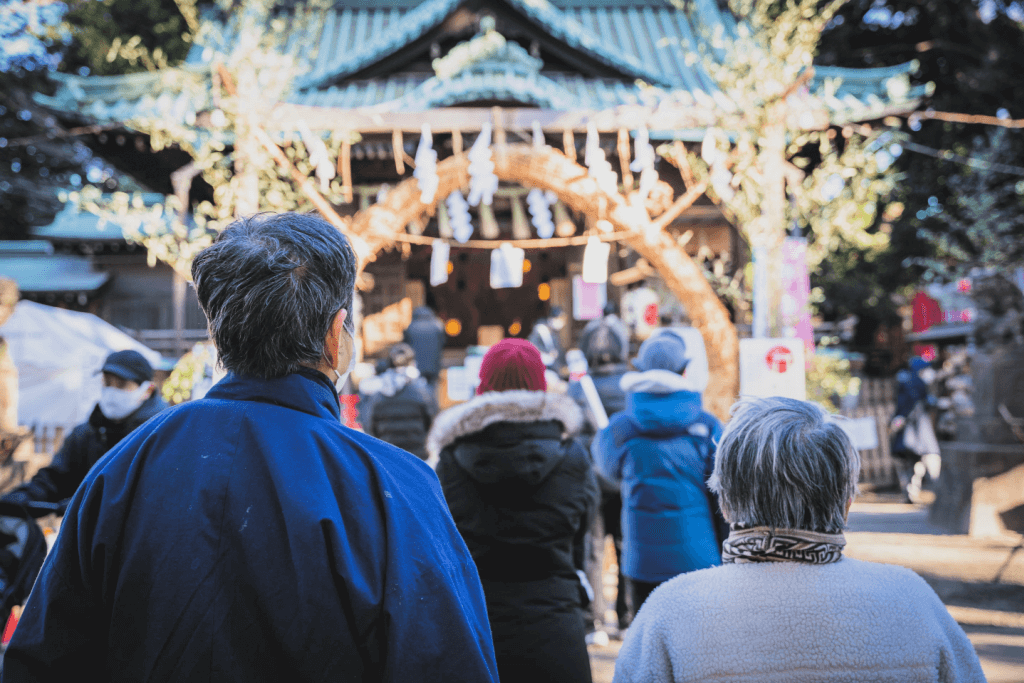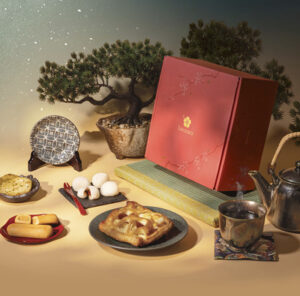The New Year’s tradition includes many ancient customs and modern festivities. People celebrate at temples throughout the country, each with a unique charm showing Japan’s traditional culture. Let’s look at five temples in Tokyo and see just how they celebrate New Year’s!
Table of Contents
ToggleZojo-ji Temple
Right beside Tokyo Tower, Zojo-ji Temple stands out with its red main gate, contrasting with the modern Tokyo Tower. The historic Sangedatsumon main gate dates back to 1605 and is Tokyo’s oldest wooden structure. The main hall remains strong after three fires in the last century. The temple is also the resting place for six shoguns from the Edo period, and it houses a Black Amida Buddha statue associated with the first shogun, Ieyasu Tokugawa.
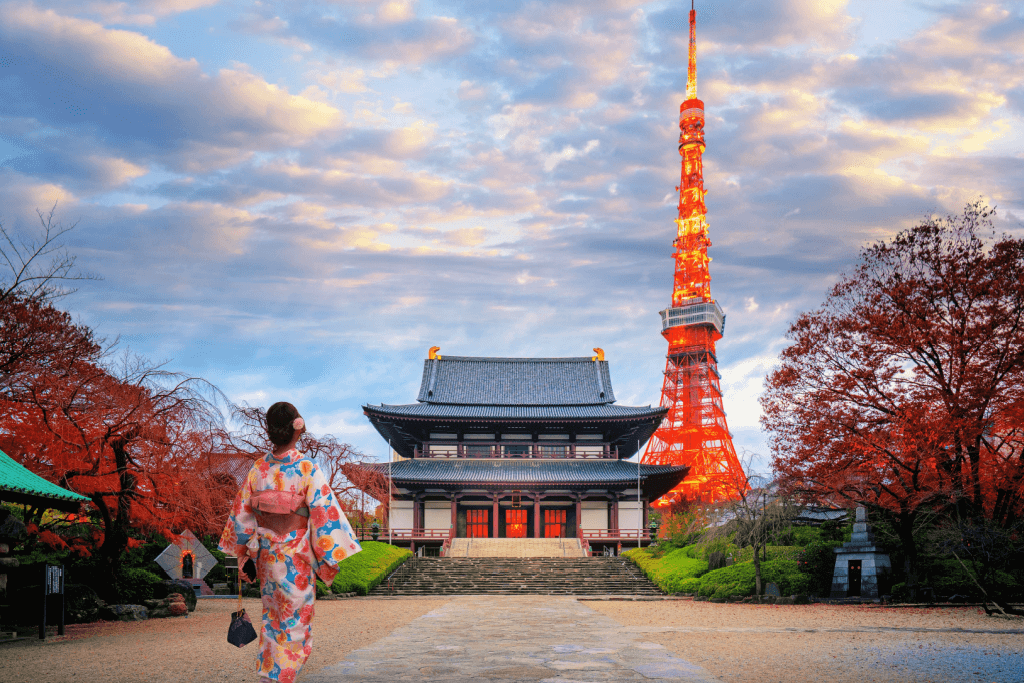
Zojo-ji’s hatsumode attracts locals and tourists for a traditional visit to usher in the new year. Its main feature is the enchanting “Joya no Kane” bell-ringing ceremony around midnight. This ritual involves burning old fortune charms for a fresh start as the bell tolls 108 times. This number represents the Buddhist belief in purifying the heart for the year ahead. The temple also offers omamori for victory and luck, and after burning their old charms, people buy new ones for the coming year.
Tsukiji Hongwanji
Tsukiji Hongwanji Temple starts its celebrations on New Year’s Eve! The temple belongs to the Jodo Shinshu Hongwanji-ha sect and has a rich history dating back to 1679. Its main worship hall and gate posts are National Important Cultural Properties. Additionally, the temple was rebuilt after fires in 1657 and the Great Kanto earthquake in 1923 and is a symbol of strength. Visitors can enjoy various activities during the New Year celebrations!
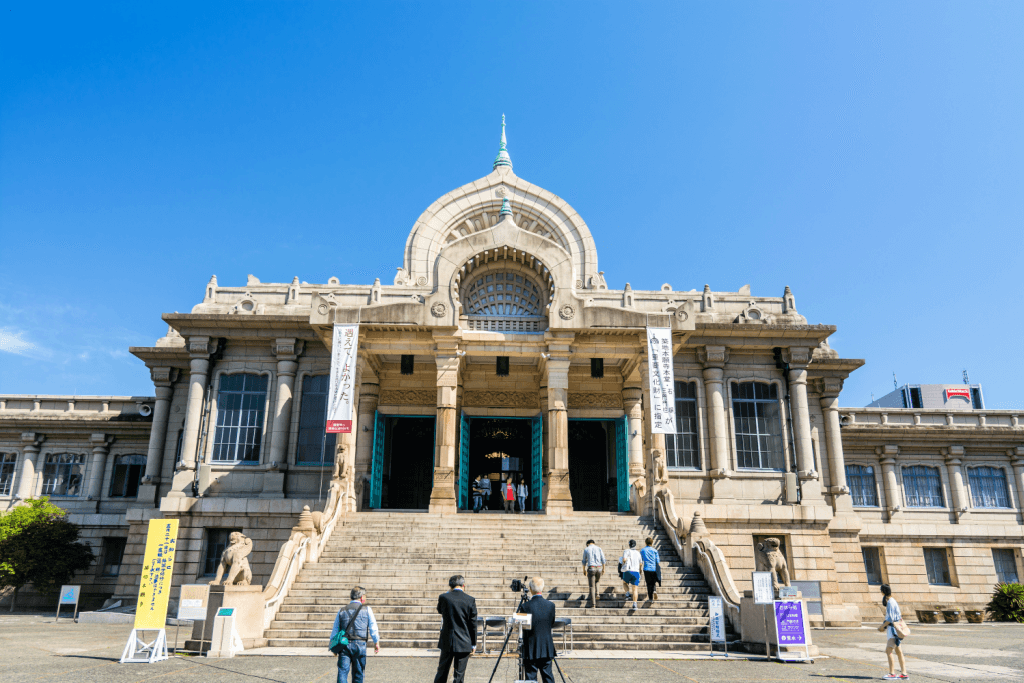
On New Year’s Eve, the temple hosts a bell-ringing ceremony, a countdown, and performances such as pipe organ music. Visitors can watch a New Year’s calligraphy show while sipping on warm amazake. The celebrations continue into New Year’s Day with a Buddhist service early in the morning. During this time, people offered Amida Buddha bitter oranges and kagami mochi. Those at home can watch streams of online events via the temple’s YouTube channel.
Nishiarai Daishi Temple
Nishiarai Daishi Temple, also known as Gochisan Henjoin Sojiji, is a Buddhist temple affiliated with the Buzan branch of the Shingon Sect. Founded in 826 CE by Kukai, it is famous for being one of the three luckiest daishi temples in the Kanto region. It was a sacred space for women to ward off evil during the Edo era. Today, men and women also visit to seek protection from harm and wish for good luck.
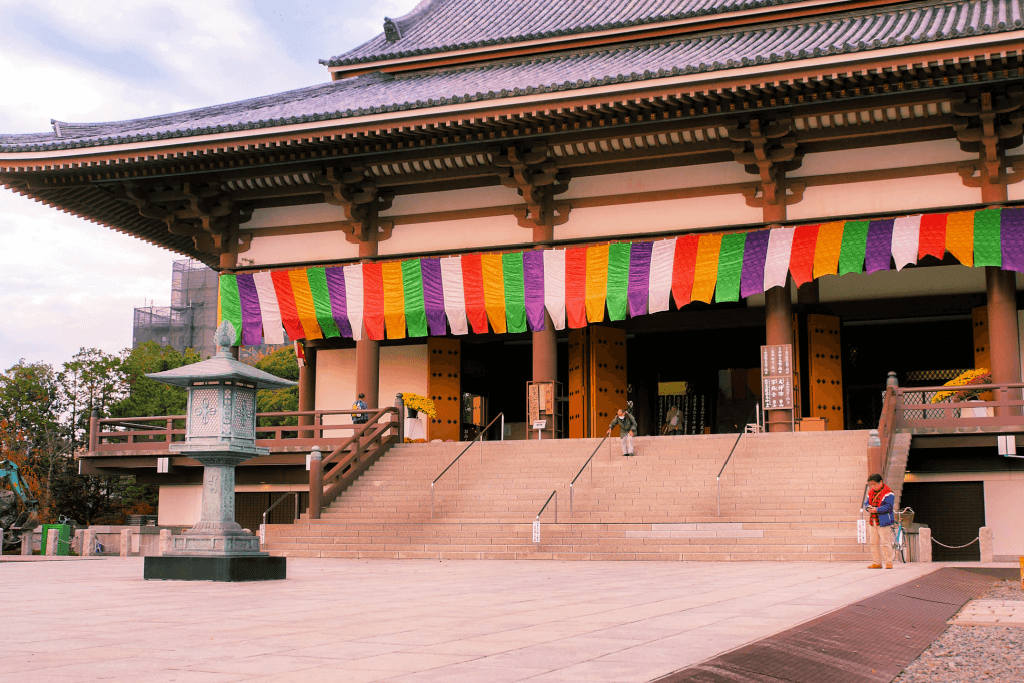
Nishiarai Daishi Temple comes alive during the New Year, attracting thousands of visitors looking for blessings and hopeful beginnings. The journey to the temple from nearby Daishimae Station is on a lively street filled with traditional vending stalls. These stalls range from takoyaki to traditional sensu folding fans. With many second-hand vendors and classic market stall games, the festive atmosphere is a great way to welcome the new year!
Are you looking for some snacks to try in the New Year? Check out Sakuraco! Sakuraco delivers traditional Japanese snacks, teas, and sweets from local Japanese makers directly to your door so you can enjoy the latest treats directly from Japan!
Senso-ji Temple
Sensoji Temple in Asakusa is a popular choice for hatsumode. The Nakamise shopping street leading to the temple is decorated with New Year decorations and stalls offering seasonal souvenirs. The Hatsumode event at Sensoji Temple is particularly famous, attracting 2.5 million people each year. From December 31st to January 3rd, the Nakamise shopping street becomes a one-way road during peak hours to control the crowd.
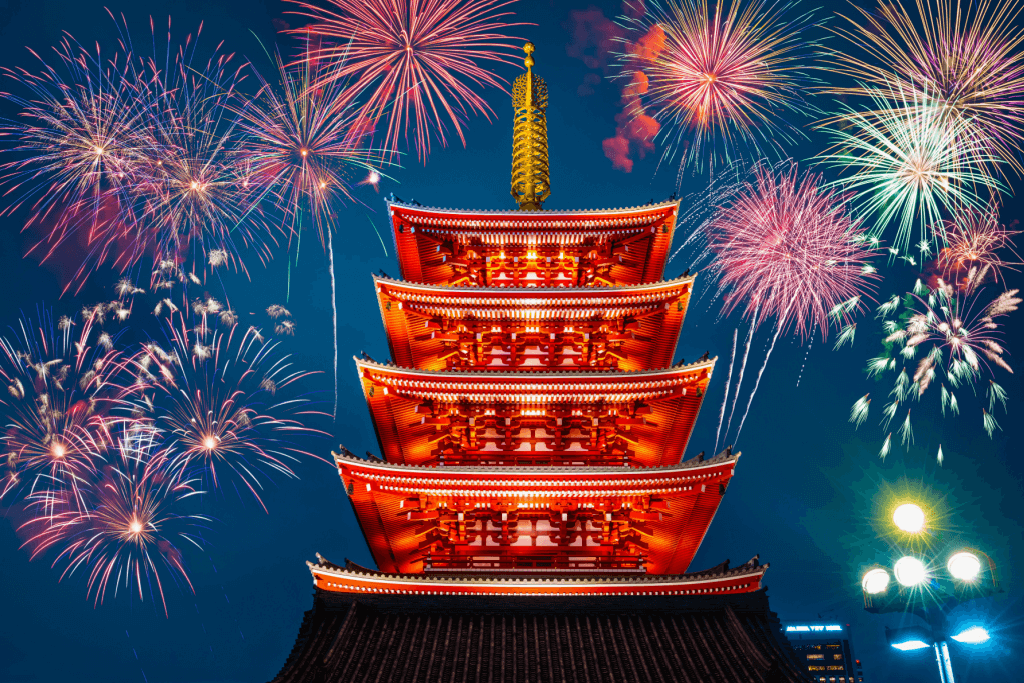
On New Year’s Day, the temple is full of visitors participating in Hatsumode, waiting in line in the Nakamise shopping street. The tradition involves throwing a ¥5 coin into the temple and wishing for good fortune in the coming year. The temple is open 24 hours, but the shopping stalls close around 6 pm. Despite the long lines, the chance to offer prayers at Sensoji Temple during Hatsumode is something that many Japanese people do to begin the new year.
Ikegami Honmoji Temple
Ikegami Honmonji Temple is the main temple of the Nichiren Sect of Buddhism and has a history of over 700 years. During the Edo period, nobles and townspeople worshipped the temple with a Five-story pagoda and the Hoto, a one-of-a-kind building to honor the sect’s founder. The temple also has tombs and monuments of famous people from the Edo period. They included feudal lords, painters, politicians, novelists, and Kabuki actors.
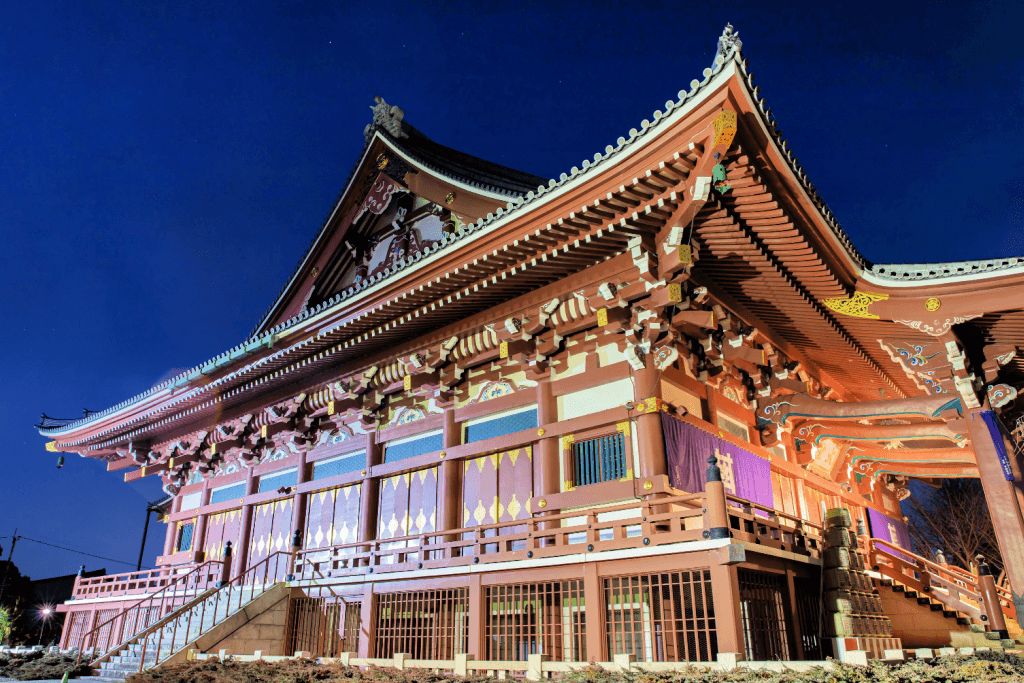
Found near Ikegami Station, Ikegami Honmonji is a popular spot for hatsumode in Tokyo’s Ota ward. Visitors climb the stone stairs from the south to reach the entrance of the grand main building. The temple is particularly famous for its New Year’s Eve bell-ringing ceremony. To participate, visitors can obtain a numbered ticket at 11 pm from the temple’s bell tower, but be warned, spots are limited!
Why are these temples great for New Year’s tradition?
These temples easily blend the New Year’s tradition with modern celebrations. The rituals performed at each temple give off a sense of spiritual connection, allowing worshippers to reflect on the past and set goals for the future.
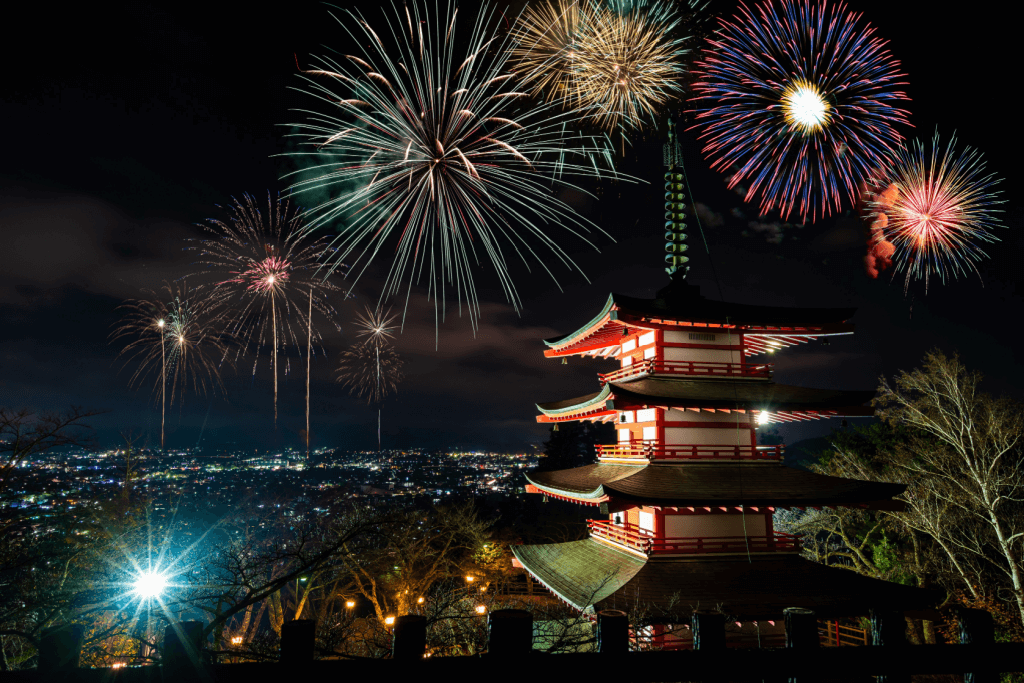
Whether it’s the magnificence of Zojoji Temple, the spiritual service at Tsukiji Honganji Temple, or the lively festivities at Sensoji Temple, each destination offers a distinct experience to start your New Year! Have you visited any of these temples as a New Year’s tradition? Which activities did you participate in? Let us know in the comments below!

